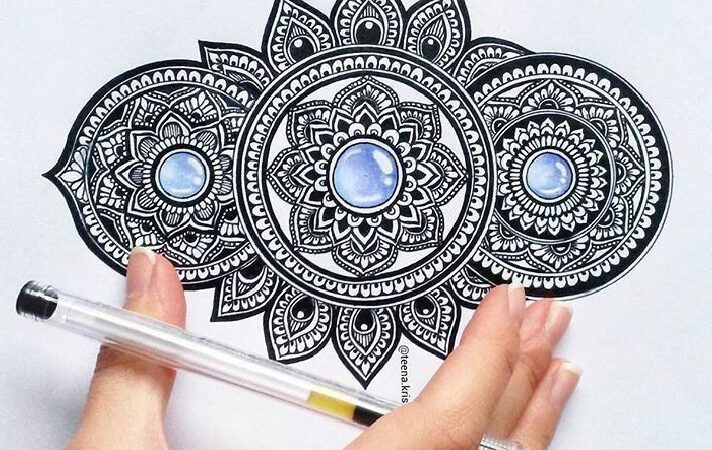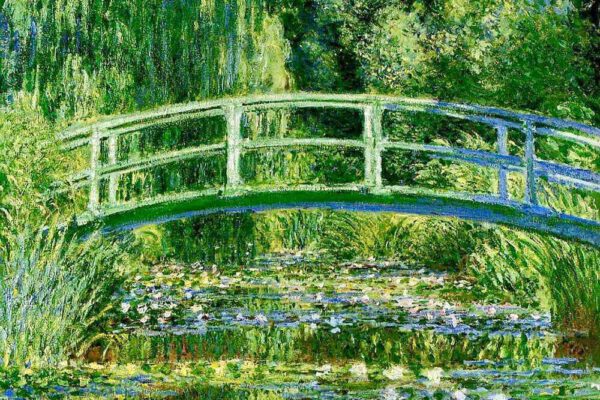Cubism art – the amazing complexity of simple forms in paintings
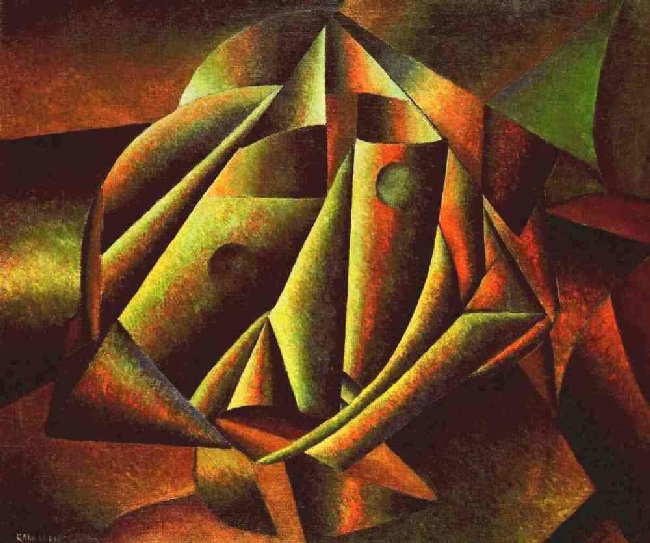
Cubism art
Cubism art – is a style of painting that is one of the modernist trends. Cubism originated in France at the beginning of the XX century.
Cubism meaning
Cubist artists decomposed three-dimensional objects into separate elements and transferred them to a two-dimensional plane.

Cubism art movement start
Cubism was born in 1905-1907. The first canvas that opened the beginning of a new milestone in the history of painting is considered Avignon girls “Les demoiselles d’avignon”
Cubism art. Georges Braque cubism
The name Cubism was given to art movement by the artist Henri Matisse in 1908. Looking at a painting by Georges Braque under the title “Houses in Estrac”, Matisse issued the famous phrase: “Bizarreries cubiques!» Translated as ” What blocks!”
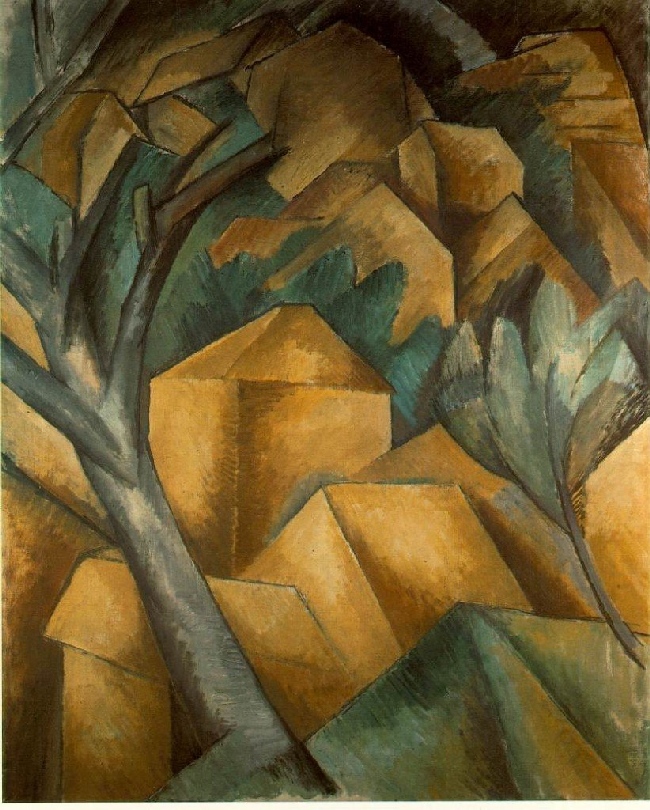
Cubism meaning
At first glance, cubism is a simplification. But in the end, the Cubists managed to expand the possibilities of the human view of the depicted objects. Objects in the paintings are depicted as if they are simultaneously viewed from different sides. It turns out that by reducing the three-dimensional world to two-dimensionality, the cubist artists actually opened a portal to the fourth dimension!
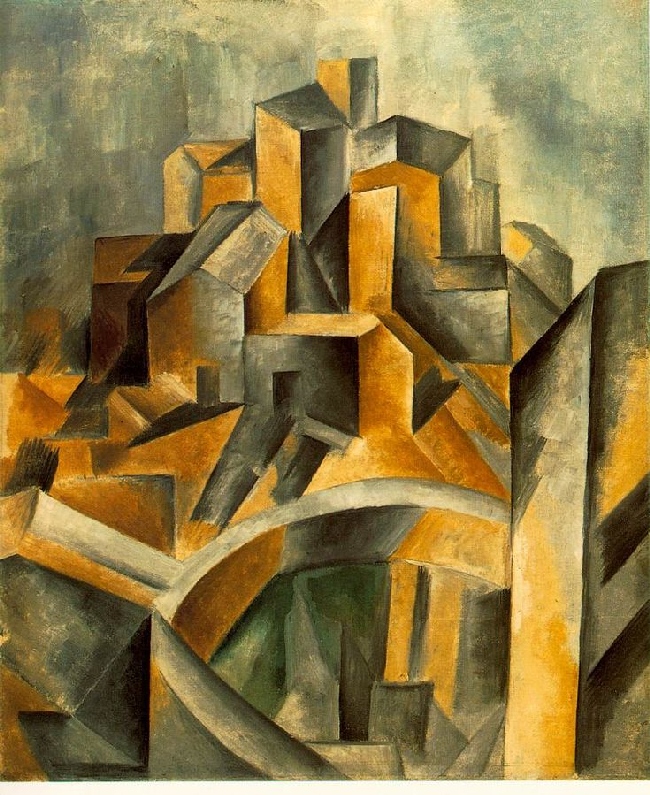
Cubism allowed painters to reflect the properties of artistic objects that cannot be reflected by classical painting methods. In addition, the creators have opened up new coloristic possibilities: the geometricism of the new style allows you to focus on color.
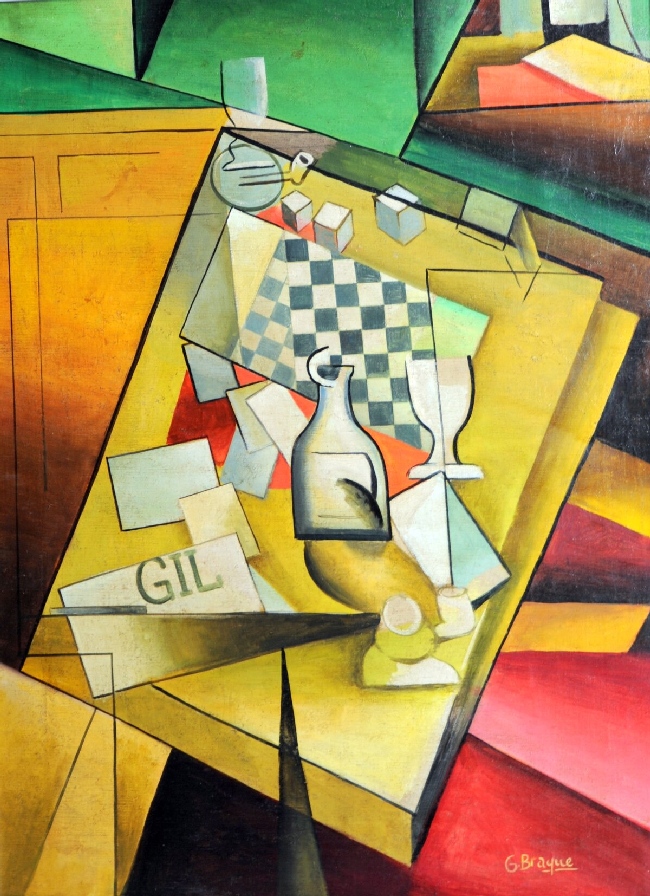
The emergence of cubism
The origins of cubism art historians see in the works of Paul cézanne (Paul Cézanne). The basic principles of the nascent style critics note in his paintings “Mountains in Provence” and “Mount Saint-Victoire from Bellevue”.
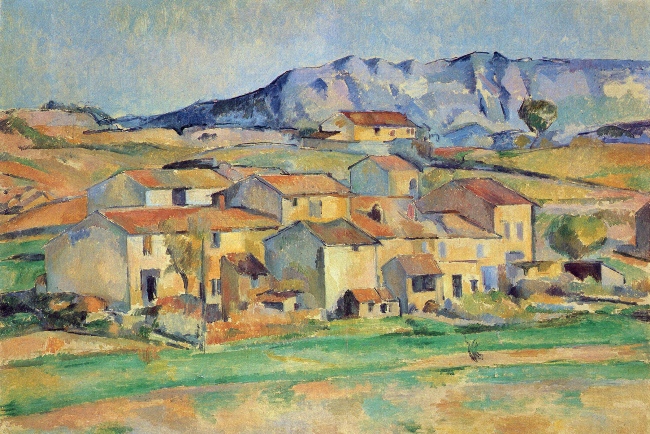
The master’s epistolary advice to the young artist Pablo Picasso also had a considerable influence: in his correspondence, Cezanne advised to look at artistic nature as a fusion of the simplest geometric forms.
Pablo Picasso paintings Cubism
Pablo Picasso, who was attentive to the recommendations of a senior colleague, became the founder of cubism.
It was in his work that the possibilities of pictorial analysis and synthesis were revealed in many ways: by parsing objects into elements, Picasso then constructed a new reality from these “scraps”.
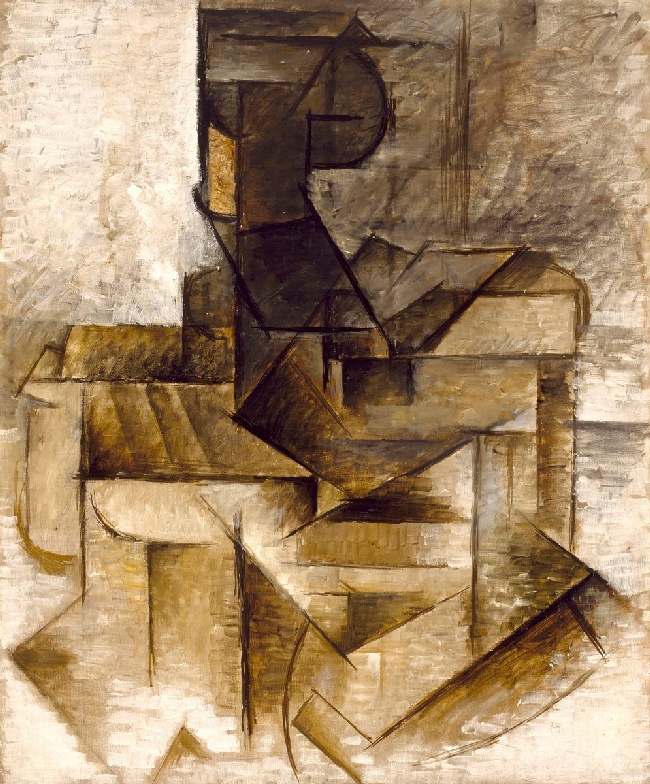
Cubism art. Types of cubism:
Art is divided into three aspects, or rather phases of the development of cubism:
Cezanne cubism
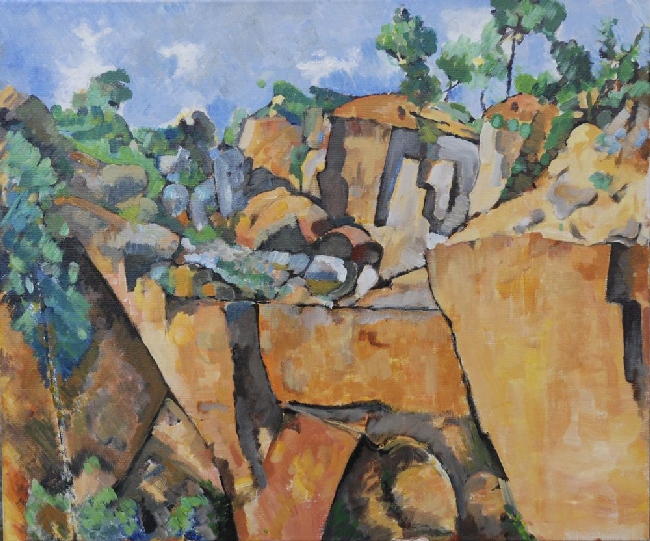
- which is characterized by the desire for maximum decomposition into “patches“, as well as the use of warm shades for the foreground and cold tones–for the background;
Analytical cubism
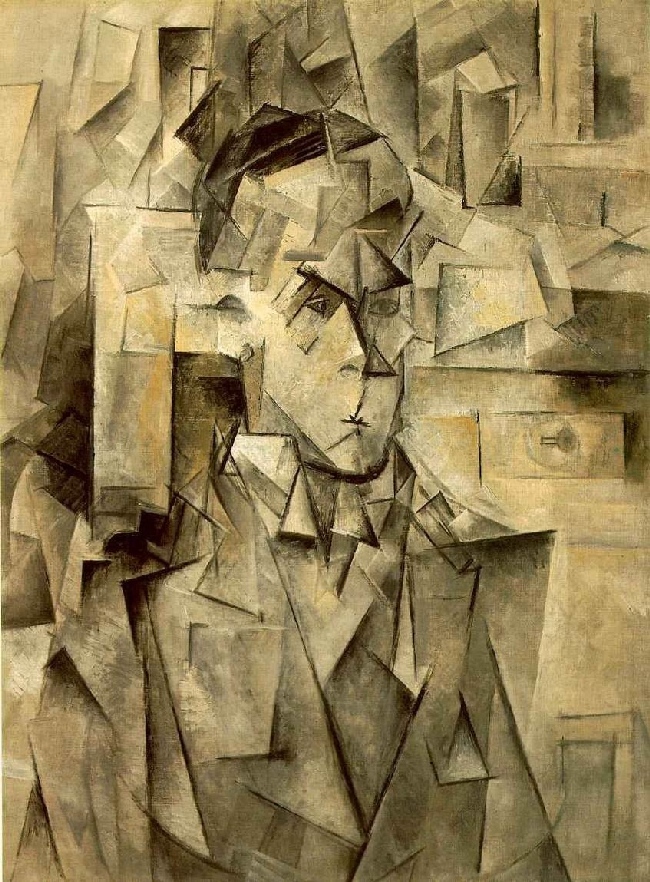
- characterized by the merging of form and space
, the appearance of intersecting planes
, the introduction of chaos, the use of translucent structures and iridescent colors;
Synthetic cubism
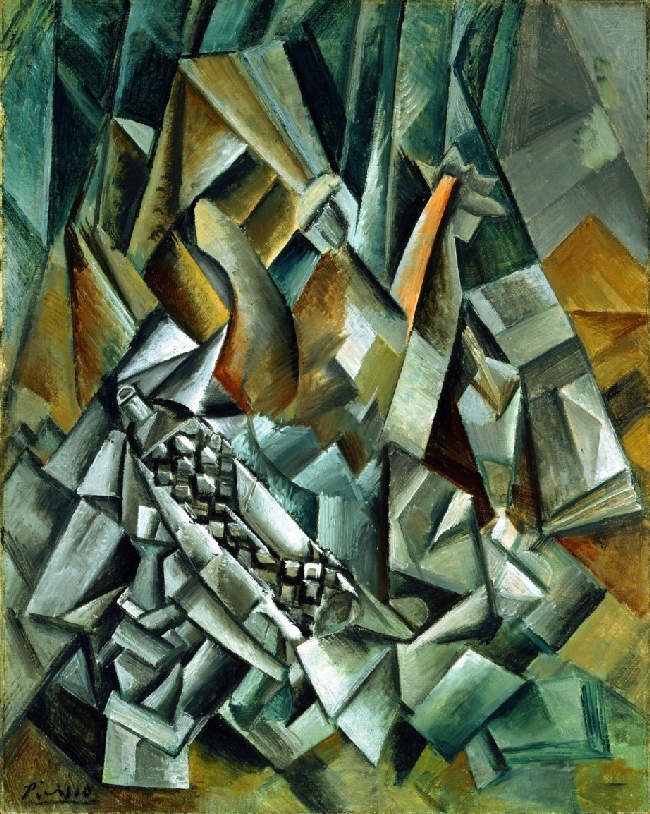
- associated with the work of Juan Gris (Juan Gris) and distinguished by the use of expressive texture, applications, patterns.
Cubism painting
Cubism has become one of the most famous areas of painting, a kind of Manifesto of changes in the creative approach. Paintings by famous cubist artists are among the most expensive lots at auctions.
Cubist painters (The most famous artists)
Pablo Picasso
Georges Braque
Juan Gris
Paul Cezanne
Fernand Leger


